After all of the contingencies have been removed or satisfied, your loan
has been finally approved and documents have been drawn, you are now
ready to close the escrow. Here are some of the things that you should
think about in advance of closing.
When do I sign escrow instructions and where do I do this?Your
escrow officer or myself will contact you to make an appointment for
you to sign your escrow instructions and final loan papers. At this
time, the escrow officer will also tell you the amount of money you will
need (in addition to your loan funds). Your loan funds will be sent
directly to the escrow by the lender. You may sign your escrow
instructions and loan documents at a title company office, your real
estate agent’s office or some other location agreed upon by all parties.
What should I look out for during the final walk-through?Prior
to your closing-day escrow appointment, if provided in your Purchase
Agreement, you will have the chance to perform, with your agent, a
walk-through. This will likely be the first opportunity to examine the
house without furniture, giving you a clear view of everything. Check
the walls and ceilings carefully, as well as the results of any work the
seller has agreed to do in response to the inspection’s findings. Any
problems discovered previously that you find uncorrected which the
seller agreed to correct, should be brought up prior to closing.
Good FundsIn order for escrow to close, you must provide what is known as "Good Funds." This means that escrow can close:
- On the same day as your deposit if the final down payment and
closing funds are deposited by cash or electronic transfer ("wired
funds").
- On the next business day after the business day of the deposit,
if the funds were deposited by cashier’s check, teller’s check or
certified check.
- If the payment is made by personal or business check, when the
deposit is made available for withdrawal by depositors. Depositing banks
may hold these types of funds for up to three business days for most
"local" items and up to seven business days for "non-local" items.
The Escrow AppointmentOnce
your loan is approved, you will be asked to go to the Title Company to
sign the loan documents and escrow instructions that specify disposition
of your loan funds. You will sign these documents in the presence of a
notary public. When you’ve signed everything, your lender will make one
final review of the documents and conditions for closing. Once
completed, the lender will send the loan funds to escrow. Often, lenders
require three business days before the loan is funded. Below is a list
of items you will need in preparation for the appointment to sign escrow
papers:
- Identification — One of the following forms of
identification must be presented at the signing of escrow in order for
the signature to be notarized: a current driver’s license, passport,
State of California Department of Motor Vehicles ID card.
- Cashier’s Check — You need a cashier’s check
or a certified check issued by a California (or your state) or your
financial institution made payable to the title company. If using a
personal check, the title company may delay the closing until the check
has cleared.
- Fire and Hazard Insurance — You must have fire
and hazard insurance in place before the lender will send the money to
fund the loan. Whenever you buy a home, you must have insurance. Provide
your escrow officer with the insurance agent’s name and contact
information so they can make sure that the policy complies with your
lender’s requirements.
What’s the next step after I’ve completed my sign-off?After
you have signed all the necessary instructions and documents, the
escrow officer will return them to the lender for a final review. Upon
completion, the lender advises your escrow officer that the loan is
ready to be funded.
What is an "escrow closing?"Once all the
conditions of the escrow have been satisfied, the escrow officer advises
you of the date the escrow will close and takes cares of the technical
and financial details. The culmination of the transaction, an escrow
closing signifies legal transfer of title from the seller to you.
Usually the Grant Deed and Deed of Trust are recorded within one working
day of the escrow officer’s receipt of loan funds. This completes the
transaction and signifies the "close of escrow."
What do I get at closing?Escrow will record
the deed of trust, disburse the funds, provide both parties with a final
financial accounting in the form of a settlement statement, and close
the escrow.
- Settlement Statement
- HUD-1 Form (itemizes services provided and the fees charged; it
is filled out by the closing agent and must be given to you at or
before closing)
- Truth-in-Lending Statement
- Mortgage Note
- Mortgage or Deed of Trust
- Keys to your new home
What can I expect to happen on closing day?You'll
be asked to present your paid homeowner's insurance policy or a binder
and receipt showing that the premium has been paid. The closing agent
will then list the money you owe the seller (remainder of down payment,
prepaid taxes, etc.) and then the money the seller owes you (unpaid
taxes and prepaid rent, if applicable). The seller will provide proofs
of any inspection, warranties, etc. Once you're sure you understand all
the documentation, you'll sign the mortgage note, promising to repay the
loan. The seller will give you the title to the house in the form of a
signed deed.
You'll pay the lender's agent all closing costs and, in turn, the
lender will provide you with a settlement statement of all the items for
which you have paid. The deed and mortgage will then be recorded in the
County Recorder’s office. At that point, you officially will be a
homeowner.
Disbursement of Funds Held in EscrowIn some
cases, the escrow agent will be instructed to hold funds in escrow to
pay off obligations, which may not be completed until after the close.
For example, funds may be set aside to correct a structural problem,
remodeling or termite repair work. Upon completion of the project, the
escrow agent, having received proper documentation and releases will
disburse the reserved funds.
When will I receive the deed?The original
deed to your home will be mailed directly to you at your new home by the
County Recorder’s office. This usually takes several weeks and may take
longer depending on regional activity.
After the close…If the funds from the new
loan are being used to pay off an existing loan (generally, if you are
selling one property and buying another), the old lender is required by
law to issue a full reconveyance (release) of its loan. As soon as the
deed of reconveyance removing the previous deed of trust is received, it
must be recorded and the original will be returned to you. This may
take several weeks. However, this delay is normal, and is nothing to be
concerned about.
Your lender may retain this loan in its own portfolio or may sell
the loan to either a private or public agency, such as the Federal
National Mortgage Association (Fannie Mae). In either case, you will
receive specific instructions as to how to make your loan payments.




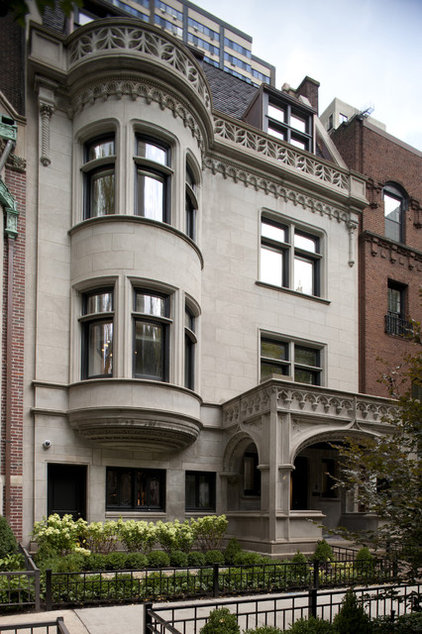





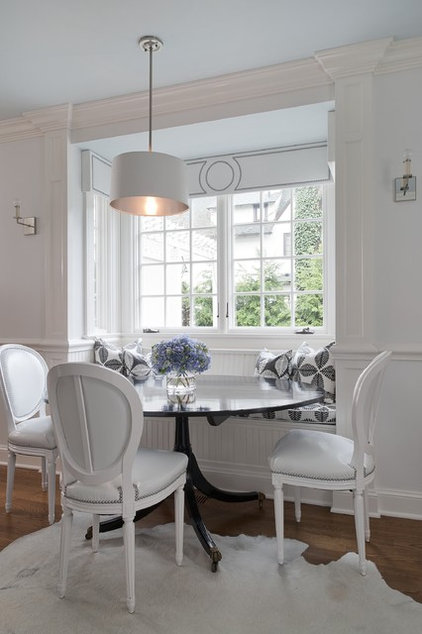
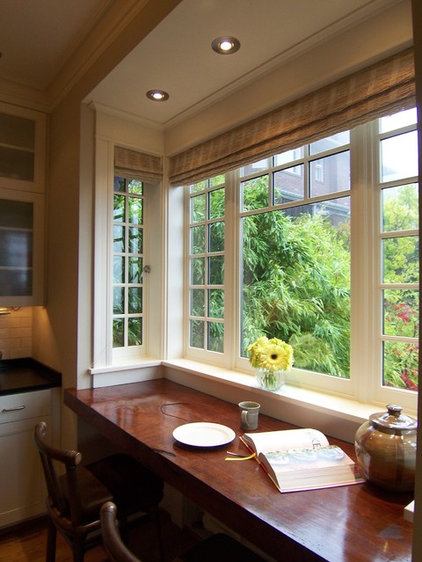




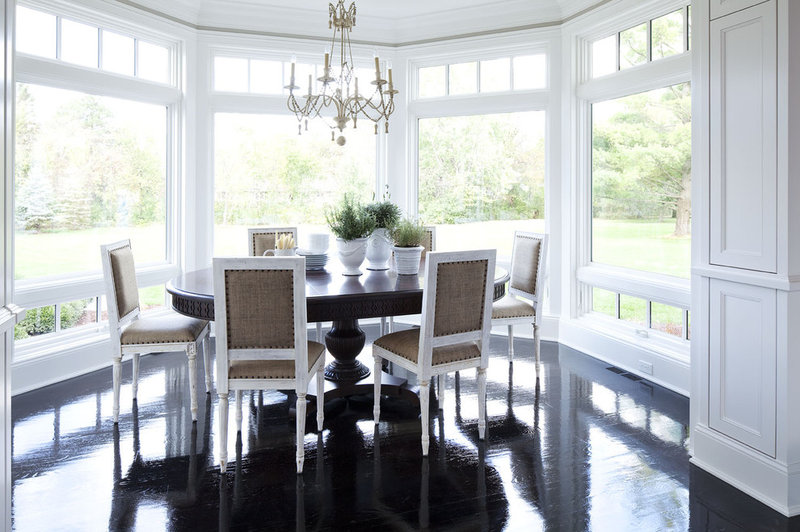


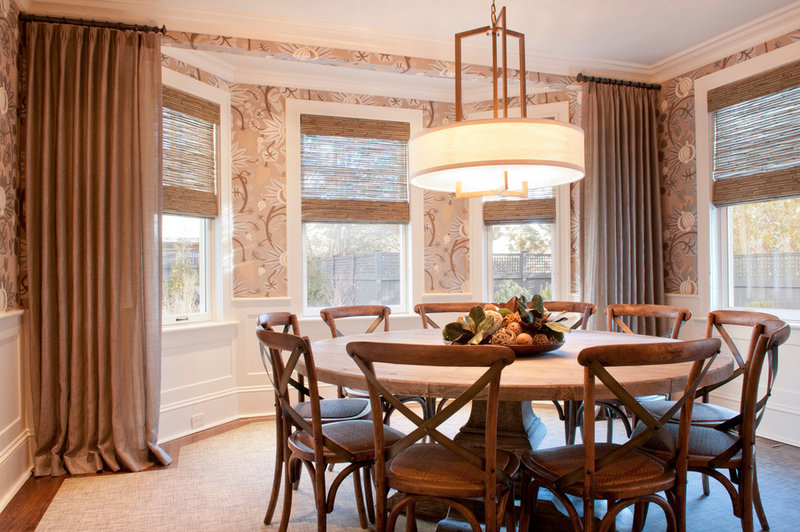

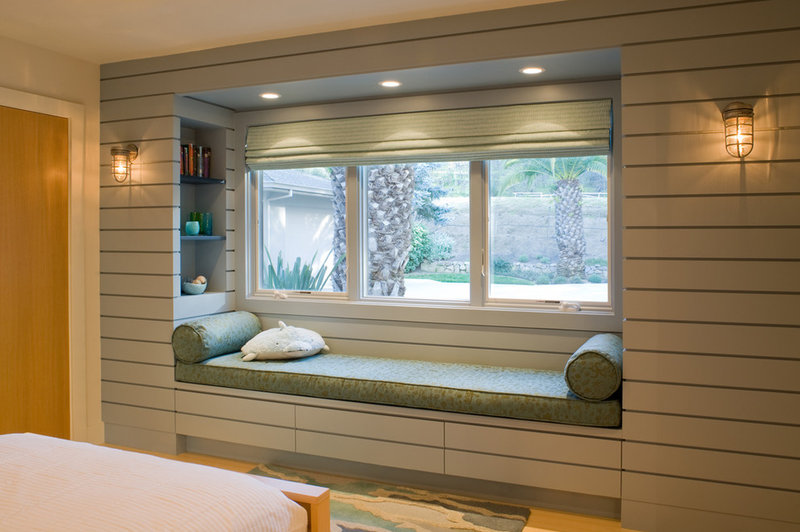
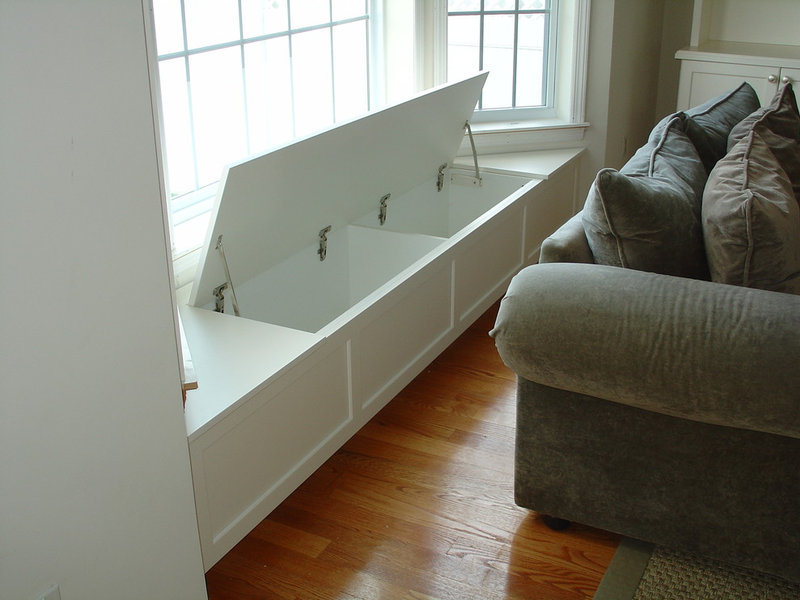



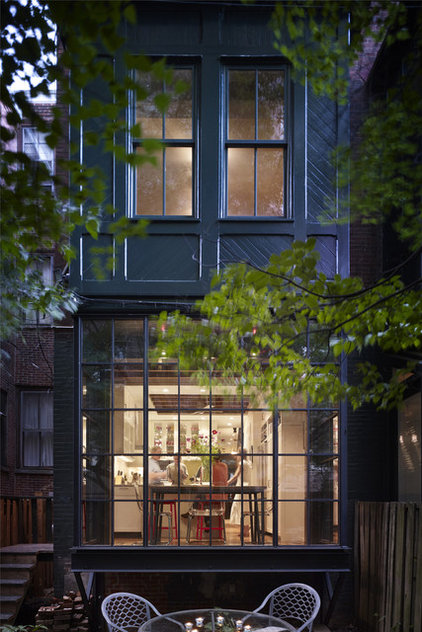
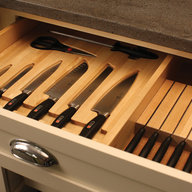












 2
2 
















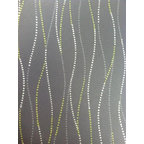




I wanted a built-in window seat in our bedroom, my husband didn't, he kept saying to him they look old fashioned. We agreed on this spare sofa we had; luckily it fitted there quite well.
Along the faux-bay window lines, another option in a bedroom is to put closets on either side and a raft of drawers beneath the window.
NW Saltbox Kitchen Remodel
Rustic Modern Lake House
Leeman House
I've considered a bow window for our sunroom when we renovate it this year. I don't know if I'll do it or not.
Love the photo of the bay window with a "desk" built in so when you sit at the table/desk, you look out at the glorious view of trees. I want a bay windoW!!! and NEVER ANY DRAPES ON IT....TOO BEAUTIFUL THE WAY IT IS.